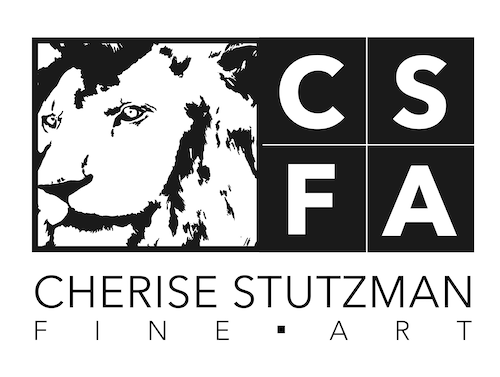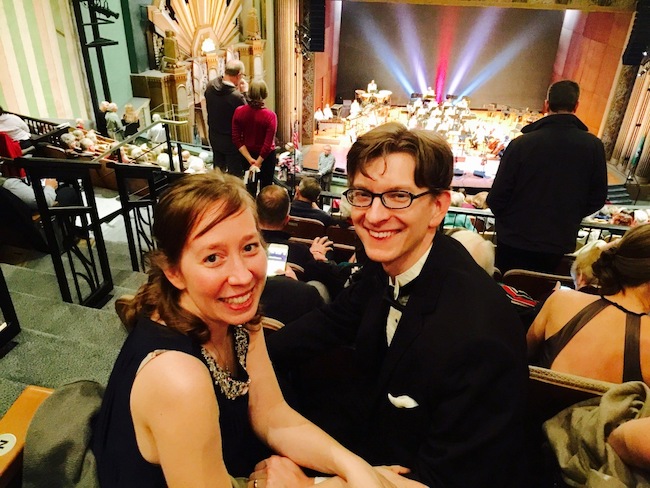Ocean Landscape
Translating a Photo to a Painting
I was blessed to have someone commission a painting from me this month. It is fairly large at 36”x24” and I only have one month to complete it from conception to finish. To make matters a bit trickier, the reference photo that I absolutely loved ended up being far too monochromatic. My cousin is a magnificent photographer she shared her profoundly beautiful photos with me. But, what a photo captures is not always the same when it translates into a painting. The eye wants to both rest and move within a painting. In photos, often if they are very good, the human eye naturally moves around the lines of armature, contrast, shapes, and lighting.
Adapting Reality for Canvas
But, in a painting, the subtlety of lines, form, shapes, lighting, armature, have to be preconceived and noted—and often artificially manipulated. The natural eye knows that the distance in a photograph is believable because it is paler, more gray. But, in paintings, the artist superimposes this knowledge to that reality that is often not detectable to our visible eyes. We don’t look at a photo (most often—sometimes we do—but not often) and think “those mountains are far away because they are violet, or gray blue or dusty green.” They just are and we know it.
This painting is a test of my faith. I am still a fairly young painter. And, to be honest, I feel like portraits are a little easier—because so much of the painting has the work in the composition from the sitter (person being painted) and in the quality of the reference photo (as well as the draftsman quality of drawing before any paint is even laid).

One of the first things that I noticed in this painting is that the colors are actually inverted. The darkest part of the photo is actually the roll of the wave and the foam. That should be the brightest part of the painting! It actually took me about ten days of pulling and pushing the values only to find that I really needed to abandon the original photo, or at least supplement it with a positive image and good contrast.
Prayer for Direction
My thoughts often went to “Oh, Lord, help me! I can’t do this without You! How profound are You that You make a sunset in a word or thought, You desire it to be and it is so. You blow life onto the ocean or stir the deep waters and instantly it is intensely perfect and gloriously magnificent. Lord, my little paint brushes cannot even remotely capture Your glory or even a stroke of the glory that You display in the living world around me! Help me, Lord, to capture some moment of the beauty that You gratuitously and lavishly spill and waste all around me.
“When I look around myself and see Your hand at work, I feel keenly my Charlatan amateurism, Lord, like a little child playing with popsicle sticks and You make fortresses of marble and galaxies of plasma—governing electromagnetic fields which wield forces of movement and light and power from the sun and stars—and were I to even try to draw a star, my effort would appear like a simple mess of paint on a temporal stretch of canvas or wood, lifeless and certain to not endure for an eternity. Yet, You control not only the beauty of what I see in that star or storm cloud or wave, but also the ions and electrons that scramble about in very distinct orders. Help me, O Lord, for You are great and wonderful. I am but a little student of Your magnificence.”
This painting is due in ten days’ time. It is not yet complete. I have worked on it hours upon hours at a time. My thoughts go from, “What happens if this doesn’t turn out?” to, “ This might be okay. It just might work!” Today, I decided that I would do something I haven’t done before. I took a good quality photo of my painting and had it printed. Then, I decided to superimpose changes that I thought I needed to make to the painting over top of the print of it.
A Word of Caution
A couple things to note, if you try this at home: the ink from your local store—a professional printer or Walgreens, Walmart or wherever you go will not be able to hold up under the oil additive of your oil paints; if you need to wipe any sort of mistake off, beware that you may wipe off all of the undercoat of your photo. If you are good at matching colors/hues/values, then you will be just fine. But, if you are not, you will have a little challenging game. I ended up finding that this was the most useful thing I could have done today. Tomorrow with God’s help, I will pull the white rolling waters into the foreground with fresh waves and foam, and I will push clouds into the receding horizon through simple stretches of light linings around the darker storm clouds. I will add some interest and depth to the rocks in the center of the photo—things that my imagination demands, but that I don’t exactly see in my good but mix and mash-up reference photos.
Soli Deo Gloria


0 Comments